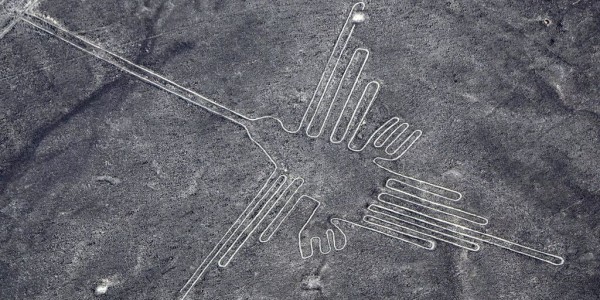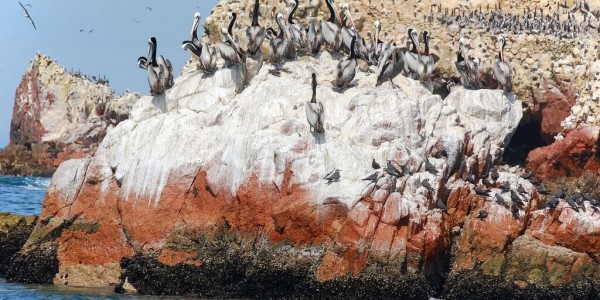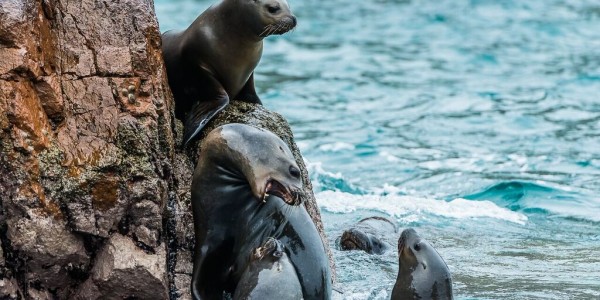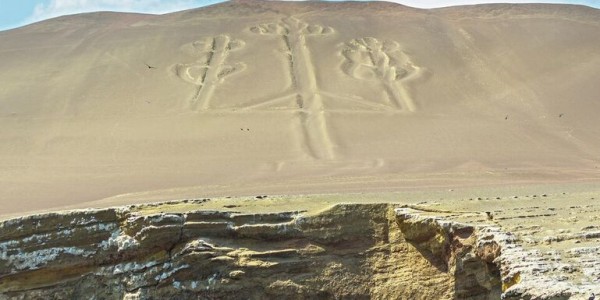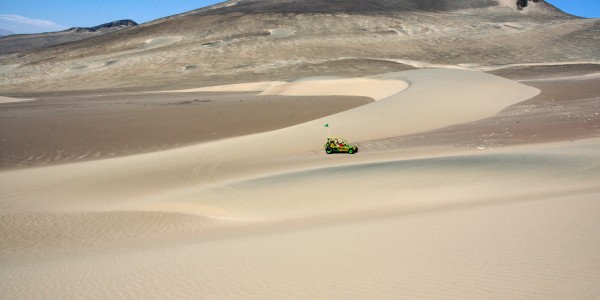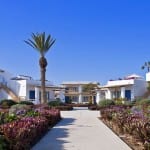Overlooked by the Cerro Blanco (2078m), the highest sand dune in the world, the town of Nazca lies 140 kms south of Ica and is set in a green valley surrounded by mountains.
Nazca Lines & Paracas Reserve
Why visit Nazca Lines & Paracas Reserve ?
- Take a scenic flight over the mysterious Nazca lines
- See vast flocks of pelicans & penguins in the Ballestas Islands
- Learn how to make the perfect Pisco sour in the wineries of Ica
- Try out some sandboarding down Huacachina’s gigantic dunes
- Jump in a dinghy for some white water rafting along the Canete River
Although a popular place to enjoy adventure activities such as dune boarding and paragliding, Nazca has become world famous on account of the extraordinary series of over seventy lines and shapes etched into the desert plains. First discovered from the air in the early 20th Century, this large number of geometrical shapes and figures such as a monkey, birds and spiders were etched into the land by the Nazca people around 400 BC and the process continued for many years afterwards.
The theories behind their existence range from astronomical calendars to extraterrestrial landing spots and everything possible in between! One of the most famous people to work on the lines was a German lady called Maria Reiche who lived there and studied them for over fifty years and she was of the belief that they represented a huge astronomical calendar.
The Paracas National Reserve (which includes the Ballestas Islands) is a large area of land and sea (335,000 hectares) and is one of the most important marine reserves in the world. On the peninsula there are a few places of interest such as the Julio Tello museum; La Catedral rock formation and at Punta El Arquillo you can see a large sea lion colony.
The Ballestas Islands (approx. 250 kms south of Lima) situated off the Paracas Peninsula are a spectacular mixture of rocky arches, caves and islets, which now form an important shelter for a wide variety of wildlife including sea lions, dolphins and many countless species of birds such as pelicans, cormorants, Peruvian blue-footed boobys and Humboldt penguins.
The Ica Valley is widely regarded as the centre of Peru’s wine industry and this includes the production of the country’s national drink, the Pisco Sour. It was the Spanish who imported the grapes during colonial times and although grapes were planted in many locations, it was in Ica that the grapes really flourished due to its climate. It is possible to visit some of the vineyards in the area and enjoy some pisco and wine tasting.
LOCATION
PERU KEY INFO
Visa
No visa is required for UK passport holders.
Health Requirements
No mandatory vaccinations are required.
Time Difference
GMT - 5 Hours
Flight Time
12.5 hours Direct
NEWSLETTER SIGNUP
Keep up-to-date with the latest travel trends, inspiration for future trips and competitions to win luxury travel vouchers.
Subscribe













